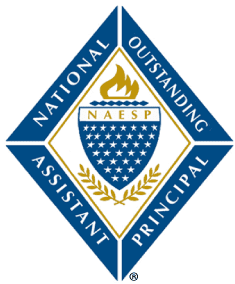
Jamie Henderson
East Valley Elementary School
Fernley, Nevada
jsmith@lyoncsd.org
Best Practices
1) During post conference meetings with teachers, Jamie provides valued and specific feedback to the teachers she observes. She provides strengths and weaknesses for each NEPF standard/indicator to help guide the teacher in their instruction. Jamie ensures the teacher has a sound understanding of the standards they are evaluated on and doesn’t hesitate to demonstrate how the standard can be supported in the classroom. For example, after observing a teacher who was struggling with classroom management and metacognition, Jamie offered to model a lesson during a 75-minute period for the teacher. She developed a lesson plan based on the standards he was teaching, ensured she had the components of scaffolding, engagement strategies, assessment, metacognition and high level of student engagement throughout the lesson. She then took time to meet with the teacher, reviewing what was observed, how he could implement into his teaching style, and how to ensure ALL students are engaged in the learning. This was so powerful for the teacher and provided him the tools he needed to best meet his students’ needs. This didn’t stop with just this teacher. Jamie models her instructional expertise leadership for other teachers, creating a collaborative learning model.
2) Knowing we scored low on our Nevada School Rating under Student Engagement Indicator of chronic absenteeism attendance, Jamie started brainstorming how we can improve. She took it upon herself to develop weekly reports, make phone calls home to any student who had 10 absences or more, developed weekly random attendance awards, created classroom awards for monthly attendance and announced random attendance drawings throughout the month. On top of contact parents/guardians by phone, Jamie also created. and sent out post cards with students’ individual attendance information compared to school wide attendance statistics. For example, the post card would have a graph with the following information:
“Your child (student name) has missed 3 times more school than his classmates.
(Child’s name) has been absent 9 days this school year.
There are 7 months of school left, and everyday counts.
Excused and unexcused absences affect (child’s name) learning.
You can have a big effect on (student’s name) absences moving forward-and we appreciate your help.”
Parents would be more motivated ensuring their child is in attendance when they saw the visual graph comparing how much school their student missed compared to others in the same grade. We had a great response from the post cards with more parents calling about their students’ attendance and we were excited to see the results at the end of the year. However, COVID prevented us from comparison data. Jamie continued to monitor attendance contact sheets through distance learning, contacting parents and communicating with teachers on any attendance concerns with distance learning. Although the attendance “looked” different with the COVID restrictions, Jamie pressed on working with the parents and teachers to ensure students were attending to lessons.


